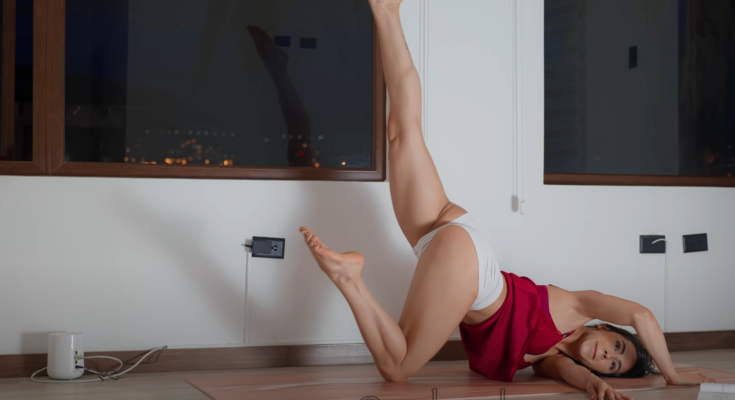Yoga is often admired for its ability to improve flexibility, but many people assume that they have to be naturally bendy to practice it. The truth is, flexibility is something that can be developed with patience, consistency, and the right techniques. Over the years, I’ve discovered some secrets that have greatly improved my yoga flexibility, and I want to share them with you. Whether you’re a beginner or an experienced yogi looking to deepen your practice, these insights will help you unlock your body’s potential.
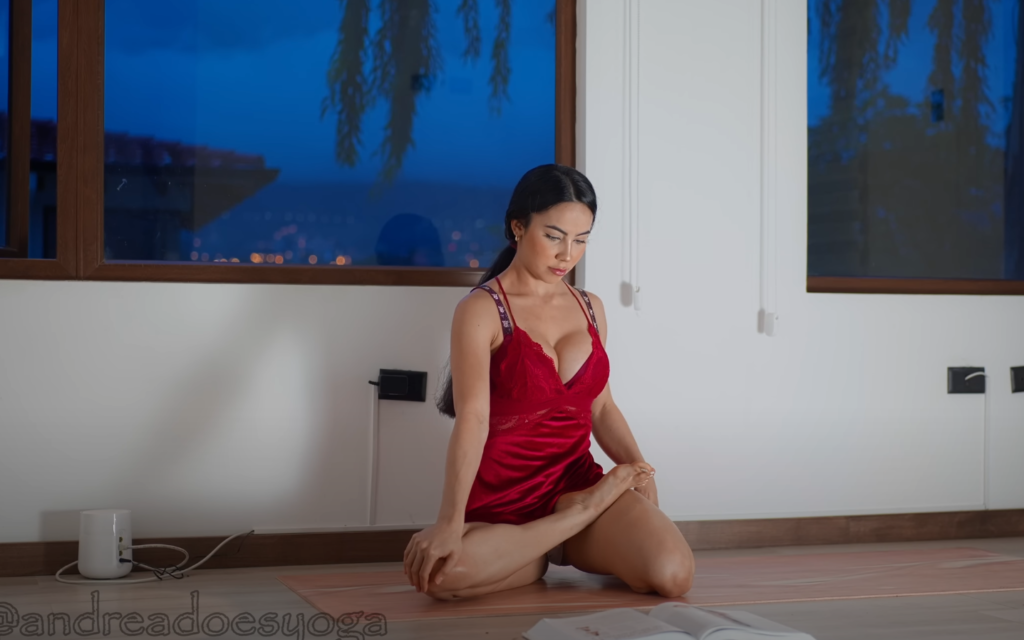


Understanding Flexibility in Yoga
Before diving into the secrets, it’s important to understand what flexibility really means. It’s not just about being able to do splits or touch your toes; it’s about increasing your range of motion and allowing your body to move freely without pain or discomfort. Flexibility also involves the connective tissues, muscles, and joints working together harmoniously. Many people struggle with flexibility because they neglect proper stretching techniques, rush through their practice, or do not allow enough recovery time.
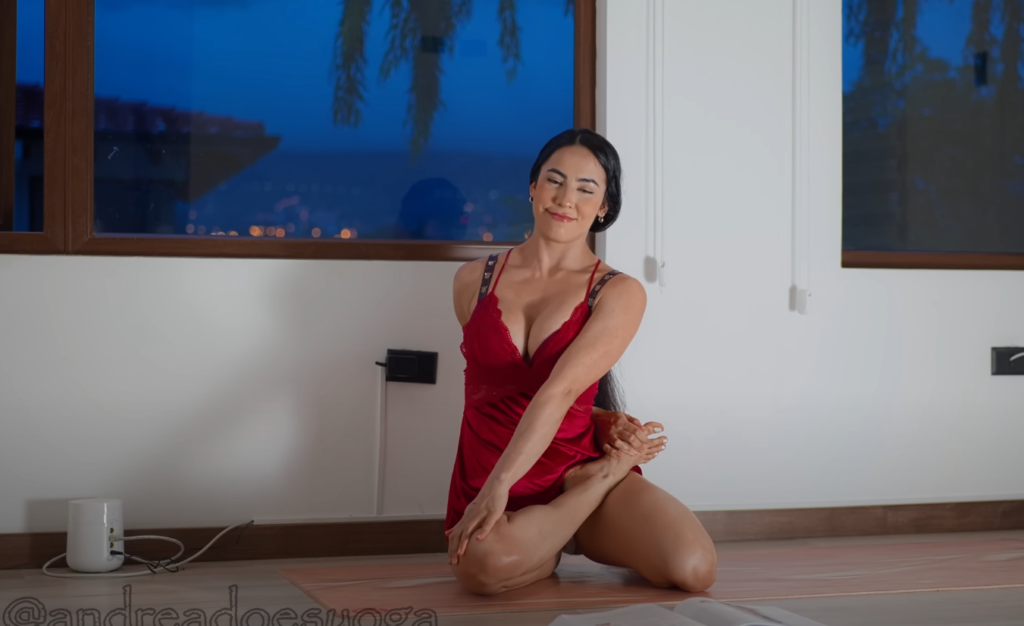


1. Consistency is Key
The most important secret to yoga flexibility is consistency. Flexibility is not something that happens overnight. I practice yoga every day, even if it’s just for 10-15 minutes. When you move your body regularly, your muscles, tendons, and ligaments become more accustomed to stretching. A sporadic practice will not give you the results you desire. Set aside time each day to stretch and move through yoga poses that target tight areas.
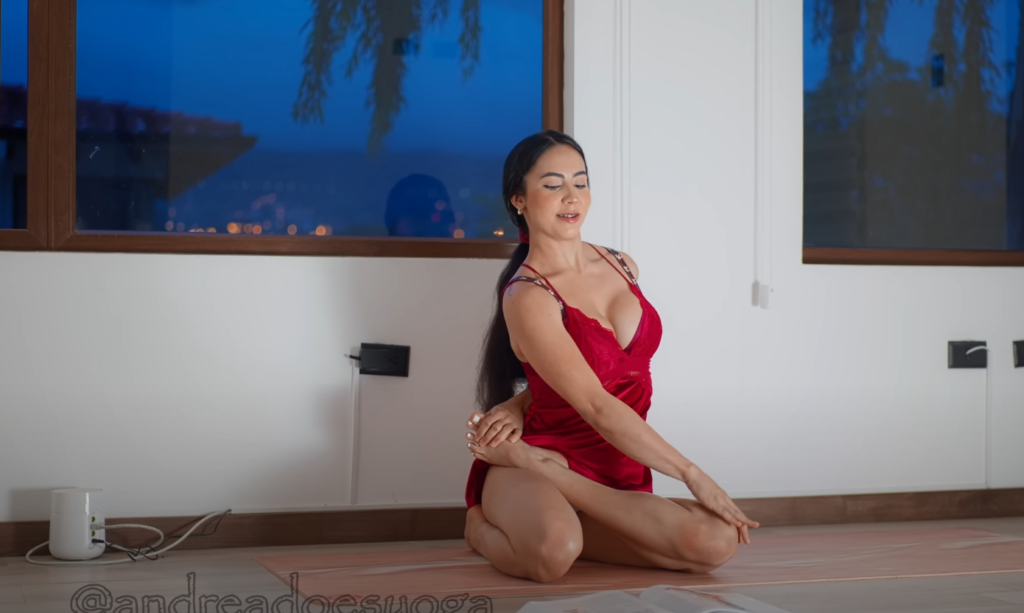
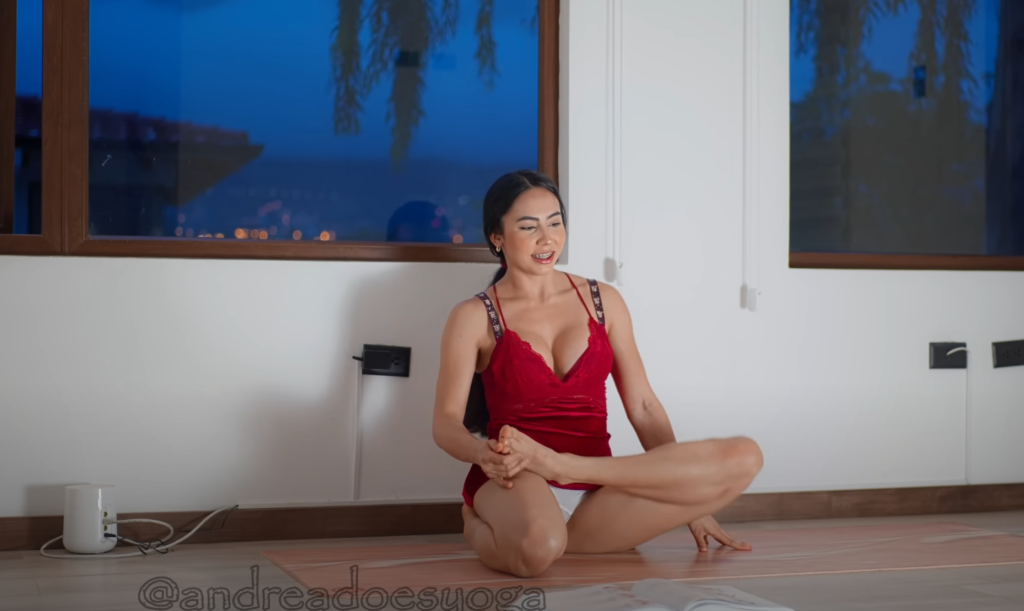
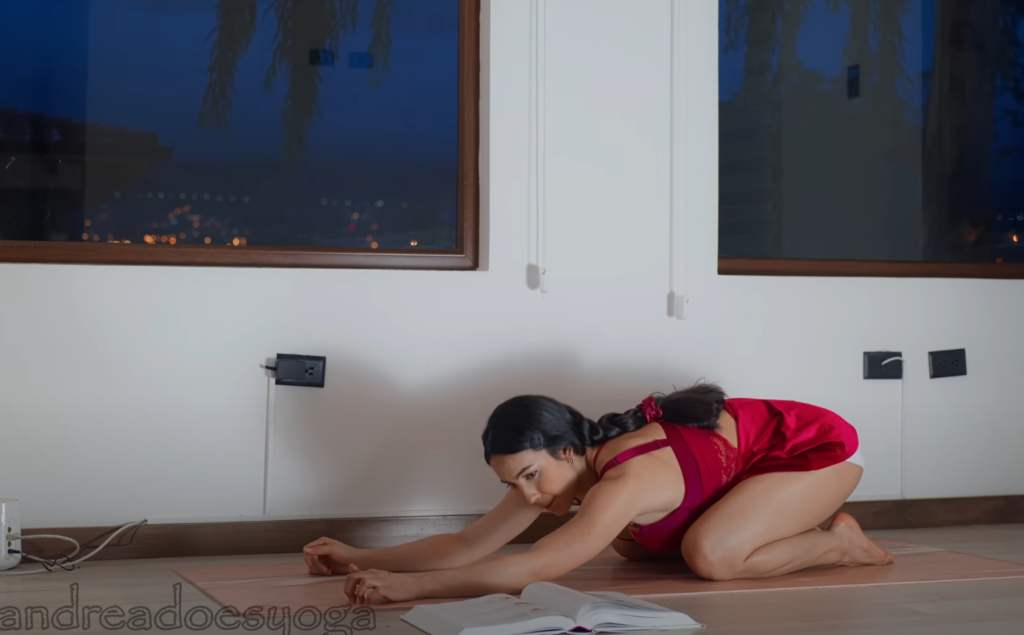
2. Warm Up Properly
Many people make the mistake of jumping straight into deep stretches without warming up. Cold muscles are more prone to injury, and forcing a stretch too early can cause discomfort. My secret is to start with dynamic movements like gentle sun salutations, cat-cow stretches, or a few minutes of jumping jacks to get the blood flowing. This helps loosen up the body and makes it more receptive to deeper stretches.
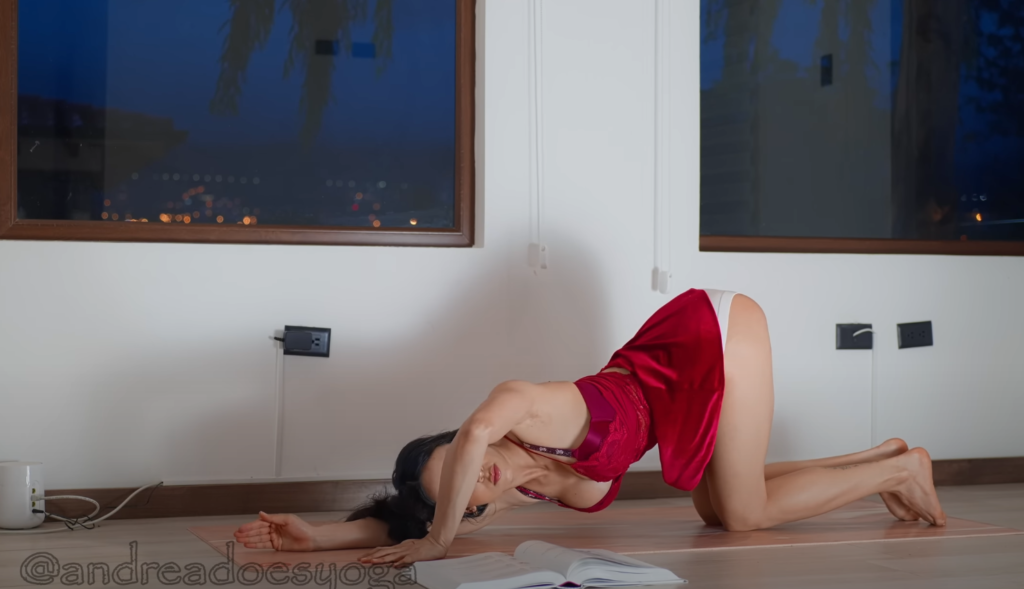

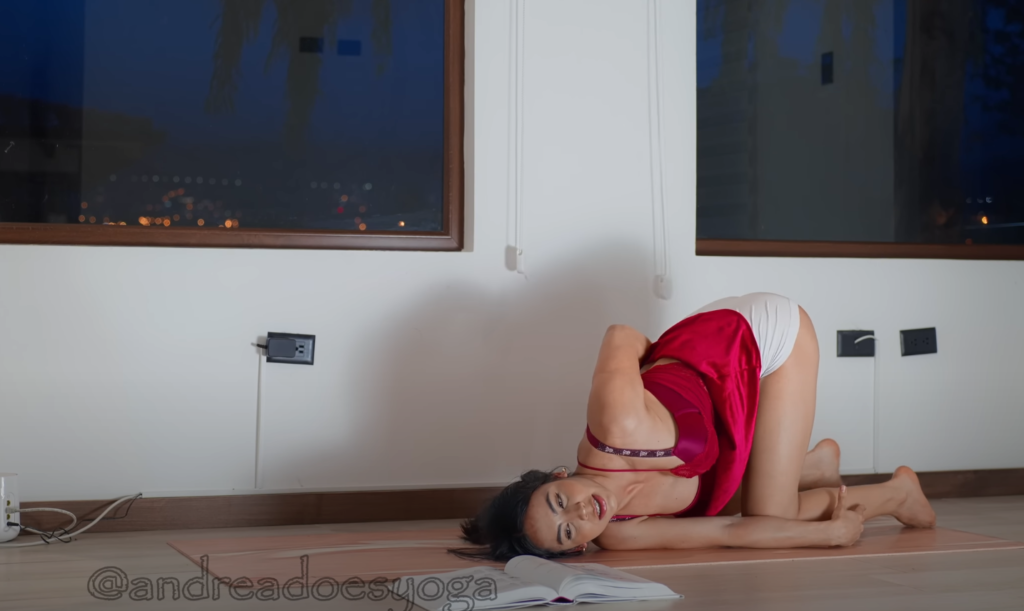
3. Focus on Deep Breathing
Breathwork, or pranayama, is an essential part of yoga flexibility. When I first started, I used to hold my breath when attempting difficult stretches, but I soon realized this was counterproductive. The breath is what allows the body to relax and release tension. I practice deep, slow breathing while stretching, inhaling as I prepare to move deeper into a pose and exhaling as I sink into the stretch. This simple technique has transformed my flexibility over time.
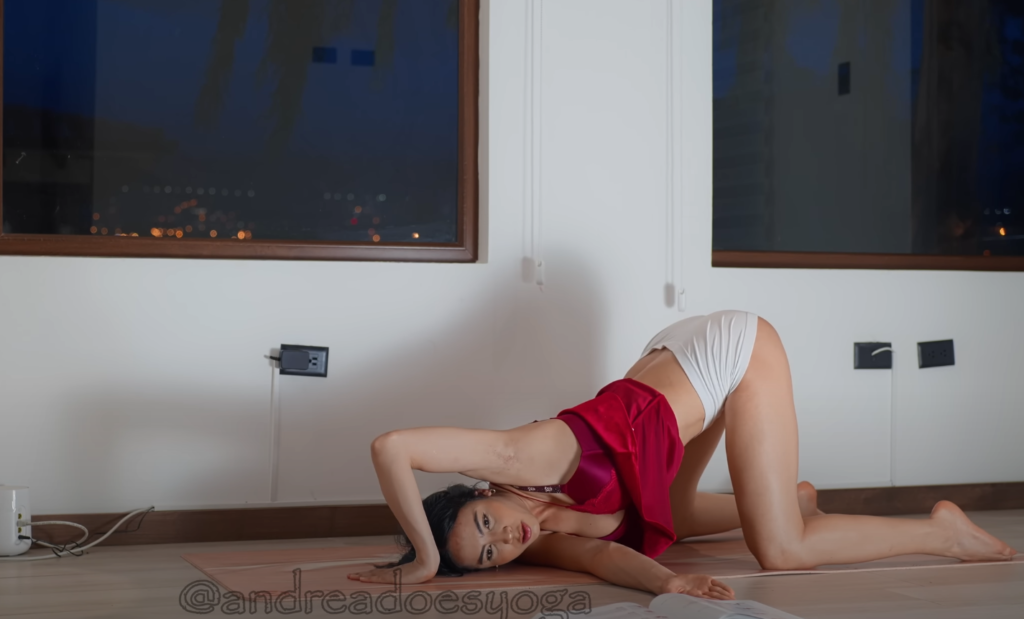
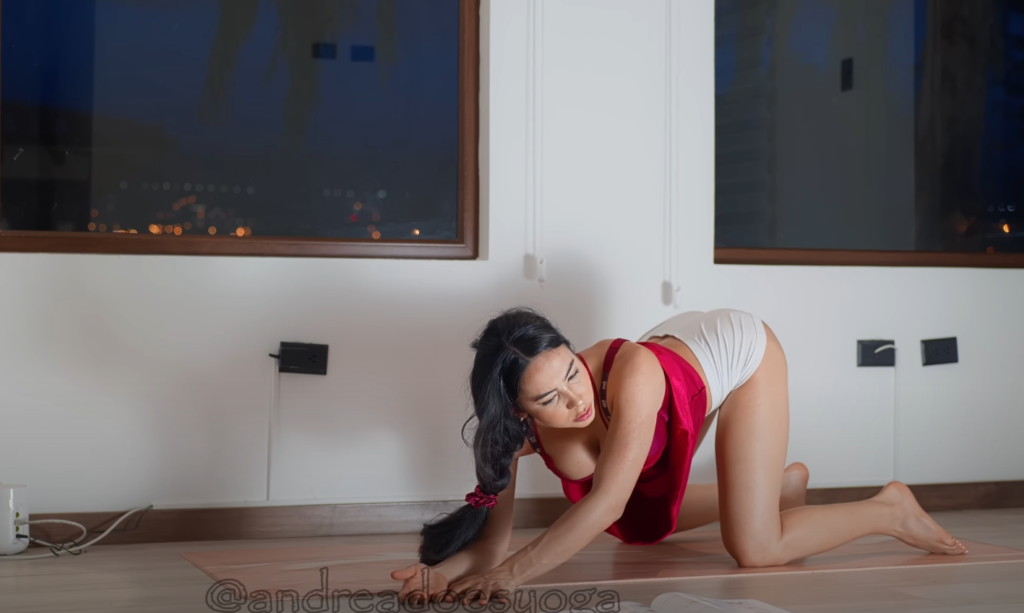
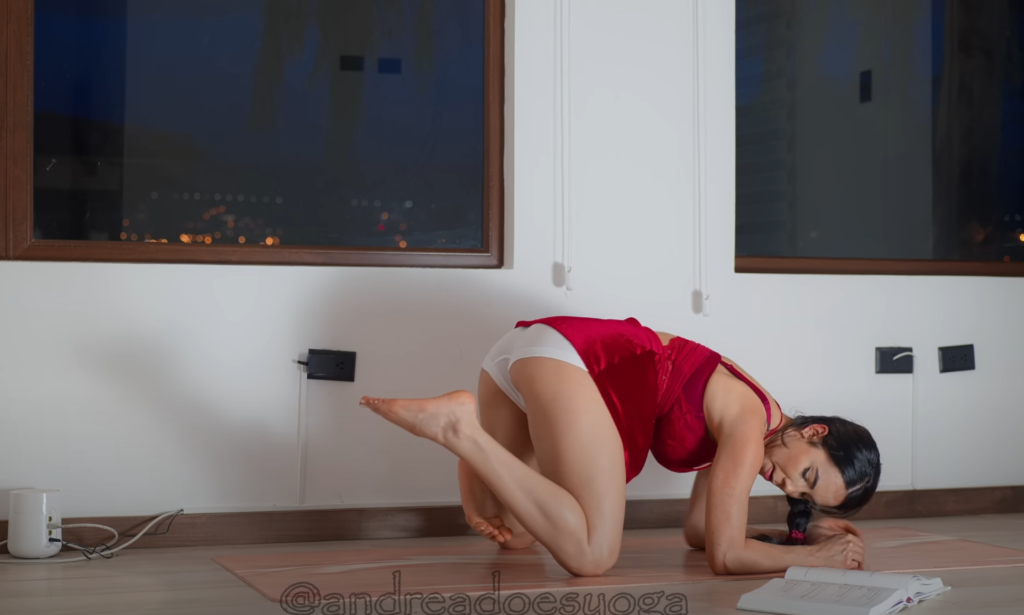
4. Use Passive Stretching Techniques
Active stretching—where you engage muscles to stretch—is great, but I’ve found that passive stretching techniques are incredibly effective for improving flexibility. This involves holding a pose for an extended period, allowing gravity to do the work. Poses like pigeon pose, butterfly stretch, and forward folds work wonders when held for one to three minutes. I also use props like yoga blocks and bolsters to support my body and allow deeper relaxation.
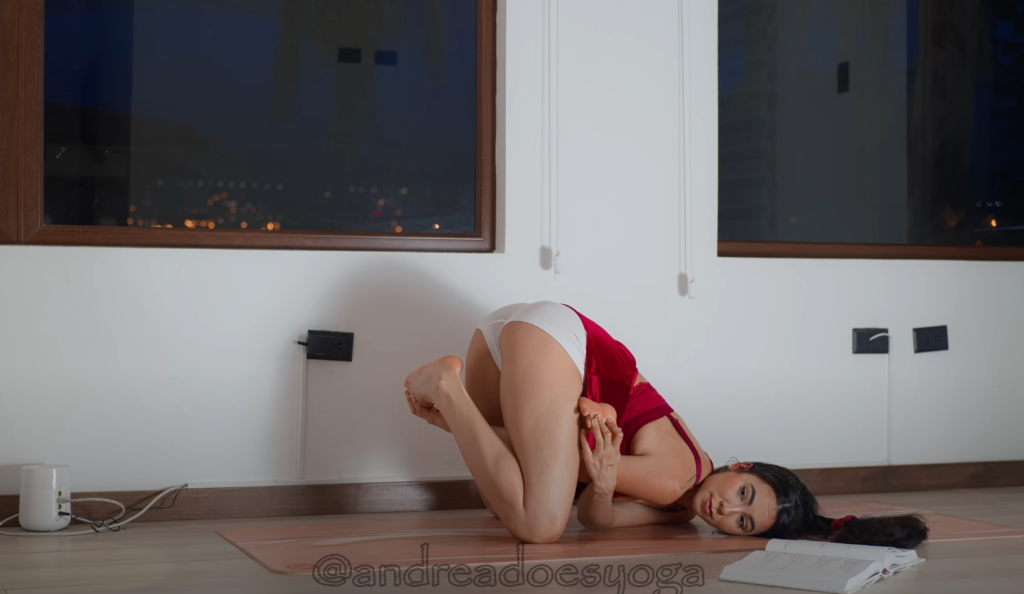


5. Develop a Mind-Muscle Connection
Many people assume that flexibility is purely physical, but the mind plays a huge role in it. I practice mindfulness during my yoga sessions by focusing on how each muscle feels during a stretch. This awareness helps me avoid overstretching and injuries while also allowing me to deepen my flexibility over time. If you pay close attention to your body’s signals, you’ll be able to adjust your movements for optimal results.

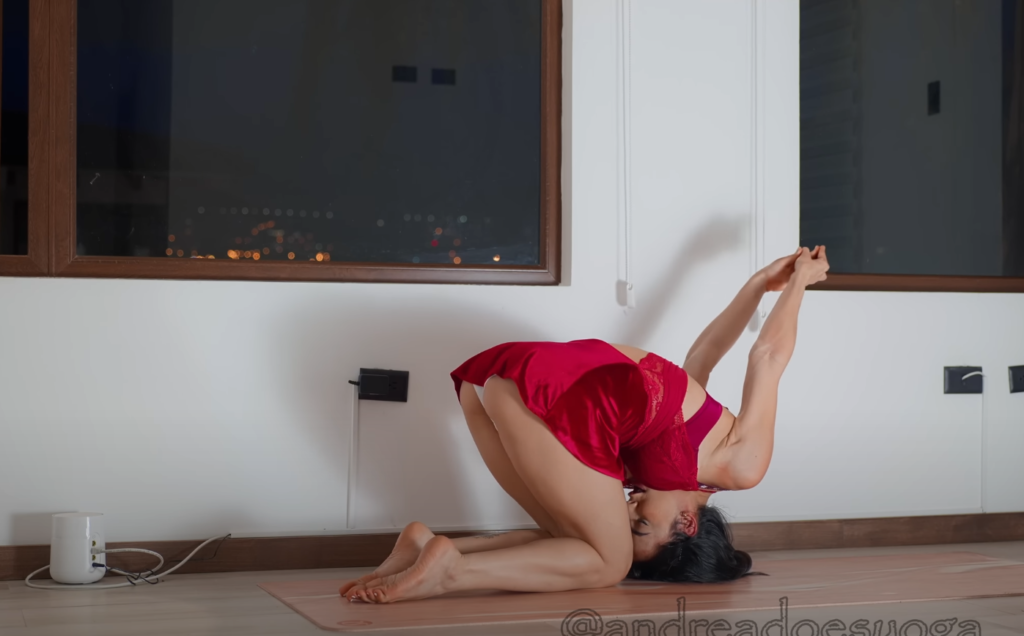
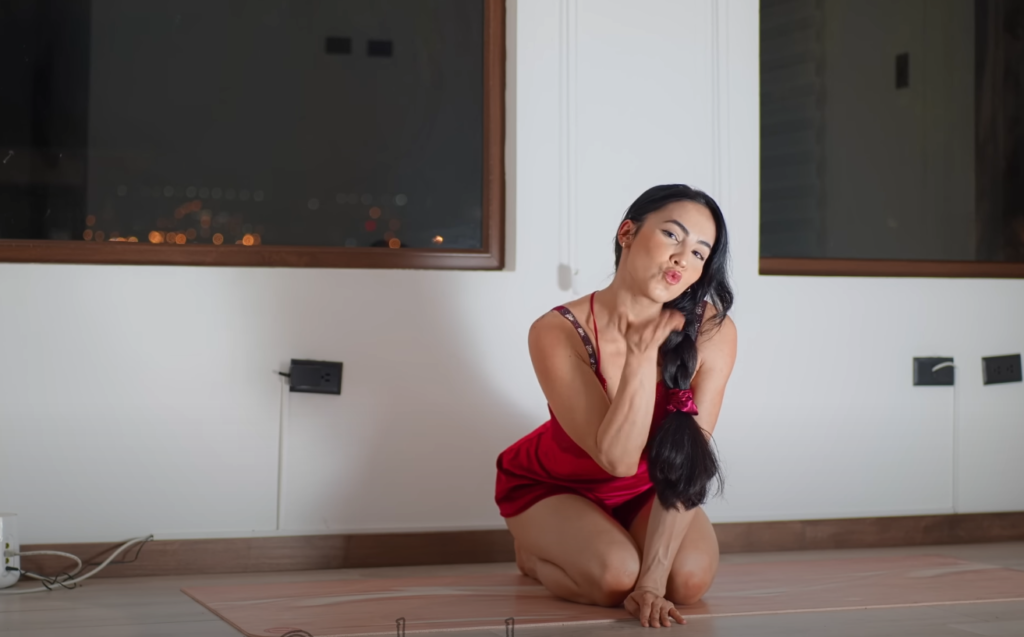
6. Incorporate Strength Training
One of the most surprising secrets I’ve learned is that flexibility improves when you build strength. Many yoga poses require a balance of strength and flexibility to maintain proper alignment. Core engagement, strong legs, and stable shoulders all contribute to deeper stretches. I include bodyweight exercises like squats, lunges, and planks to support my flexibility journey. Strengthening the muscles surrounding your joints makes it safer to stretch them.
7. Stretch After Every Practice
While it’s tempting to skip cool-down stretches, I’ve found that stretching immediately after a yoga session is one of the best ways to improve flexibility. When the muscles are warm, they respond better to lengthening exercises. I always take 10 minutes after my practice to do deep, relaxing stretches, especially for my hamstrings, hips, and spine.
8. Stay Hydrated and Maintain a Balanced Diet
Flexibility isn’t just about movement—it’s also about internal health. Dehydration can lead to stiff muscles and reduced range of motion. I make sure to drink plenty of water throughout the day to keep my tissues hydrated and elastic. Additionally, I eat foods rich in collagen, omega-3 fatty acids, and antioxidants to support joint health and reduce inflammation.
9. Be Patient and Let Go of Expectations
One of the biggest lessons I’ve learned is to be patient with my body. When I first started, I expected rapid progress, but flexibility takes time. Pushing too hard can lead to frustration and even injury. I remind myself that every little improvement counts, even if it’s just a slight increase in range of motion. Celebrating small milestones keeps me motivated and prevents discouragement.
10. Try Different Styles of Yoga
Not all yoga styles are equally effective for flexibility. I experiment with different styles to target various areas of my body. Yin yoga, for example, is excellent for deep stretching and relaxation, while vinyasa flow helps with mobility and active flexibility. By incorporating a mix of yoga styles, I keep my practice interesting and ensure that I’m working on all aspects of flexibility.
11. Use Props to Support Your Practice
Yoga props like blocks, straps, and bolsters have been game-changers in my flexibility journey. When I first started, I couldn’t reach my toes in a seated forward fold, so I used a strap to bridge the gap. Over time, this helped me deepen the stretch without straining. Props provide support and allow the body to ease into positions gradually rather than forcing a stretch.
12. Listen to Your Body
Perhaps the most important secret is listening to my body. There’s a fine line between stretching and overstretching. If I ever feel sharp pain, I back off immediately. Flexibility is not about forcing movements but about gently expanding your limits. Respecting my body’s signals has prevented injuries and allowed me to progress safely.
Final Thoughts
Flexibility in yoga is a journey, not a destination. My secret to yoga flexibility lies in consistency, patience, and mindful movement. By incorporating deep breathing, strength training, and proper stretching techniques, I’ve been able to unlock a level of flexibility I never thought possible. If you apply these principles to your practice, you’ll gradually see improvements in your range of motion, comfort, and overall well-being. Remember to enjoy the process, celebrate small victories, and trust that your body will open up with time.
